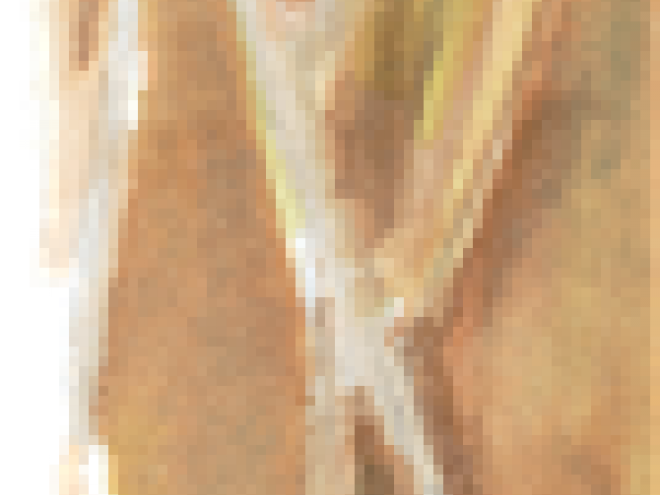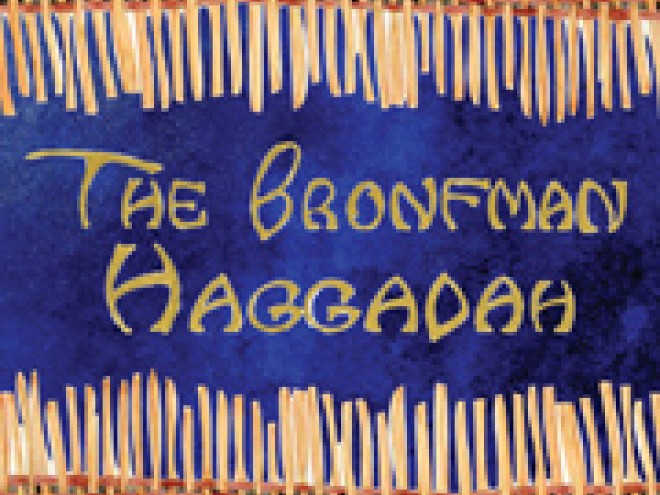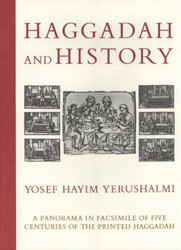Jan Aronson is the illustrator of the The Bronfman Haggadah published by Rizzoli. Born in New Orleans, New York-based artist Jan Aronson has had more than seventy solo and group exhibitions. Read more about Jan here. She will be blogging here for Jewish Book Council and MyJewishLearning all week.
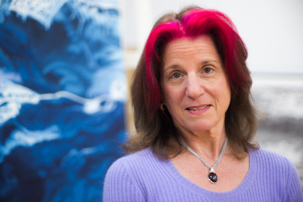 When I set out to create the illustrations for The Bronfman Haggadah, I knew I wanted it to be historically accurate. But I also wanted it to be imaginative, surprising, and distinct from all other Haggadot. Of course I knew there were many iconic ideas that needed to be expressed, but I didn’t want to make them so rote.
When I set out to create the illustrations for The Bronfman Haggadah, I knew I wanted it to be historically accurate. But I also wanted it to be imaginative, surprising, and distinct from all other Haggadot. Of course I knew there were many iconic ideas that needed to be expressed, but I didn’t want to make them so rote.
As an artist I was drawn to the symbolism in the Exodus story. Ultimately, my embrace of the Haggadah as metaphor is what allowed and contributed to the co-mingling of both historical accuracy and the flights of my imagination throughout the project.
Moses’s basket, an emblematic part of the Passover story, is a perfect example of the challenges I faced in terms of departing from the traditional, whilst still remaining loyal to the narrative, and of course, history.
The discovery of the basket in the Nile by the princess, where you see the princess looking down at it, is a scene depicted in endless Haggadot, and I knew I didn’t want to create that kind of an illustration. Instead, I was drawn in by the vastness of the Nile. So many people don’t realize just how enormous it is at some parts. I thought the most interesting way to work with this scene was to focus on the juxtaposition of this tiny little basket against this huge river.
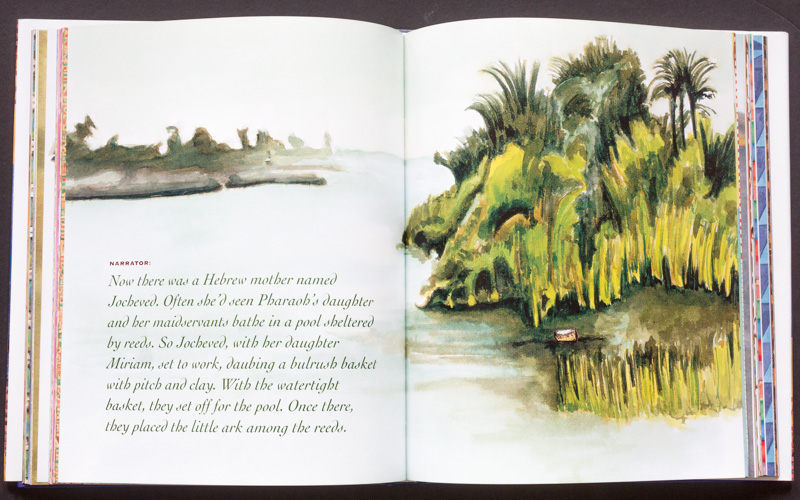
In keeping with my dedication to historical accuracy, the majority of my illustrations are made up of patterns. When I started the Haggadah, and I began thinking about what imagery I would use, my first impulse was to go back to the source — what kind of imagery would the Jews have been exposed to at the time? I realized that it would’ve been mostly Egyptian art and artifacts, plus the influence of Greek and Roman cultures. I am also drawn to African textile patterns and used these in many of the paintings. Geometric patterns are widespread in all traditions, and they complemented my vision for a distinct Haggadah.
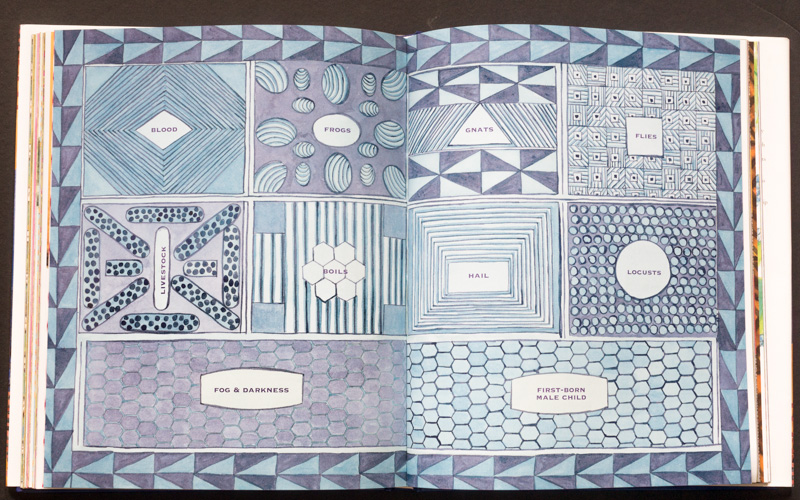
My overall goal was to create a Haggadah that was constantly surprising. I wanted the reader to feel that each page was different from the next, hopefully inspiring a sense of discovery and wonder but mostly to make our seder experience interesting.
Visit Jan Aronson’s official website here.
Jan Aronson is the illustrator of the The Bronfman Haggadah published by Rizzoli. Born in New Orleans, New York-based artist Jan Aronson has had more than seventy solo and group exhibitions. Her work is included in many museum, corporate, and private collections, both nationally and internationally.
Aronson received a MFA from Pratt Institute in 1973 and began teaching soon after. For the past 23 years she has concentrated on her work in a studio in Long Island City. She is known for her nature inspired work that has taken her to Sinai, the Indian Himalayas, Patagonia, the Amazon, the American West, the beaches of Anguilla and the Inca Trail to Machu Pichu. She recently wrote a lecture entitled The Contemporary Portrait and presented it in various venues in the United States.
Aronson’s work has been reviewed in numerous periodicals and newspapers since she began her exhibition career in the mid-seventies.
A Departure From the Traditional: The Bronfman Haggadah
